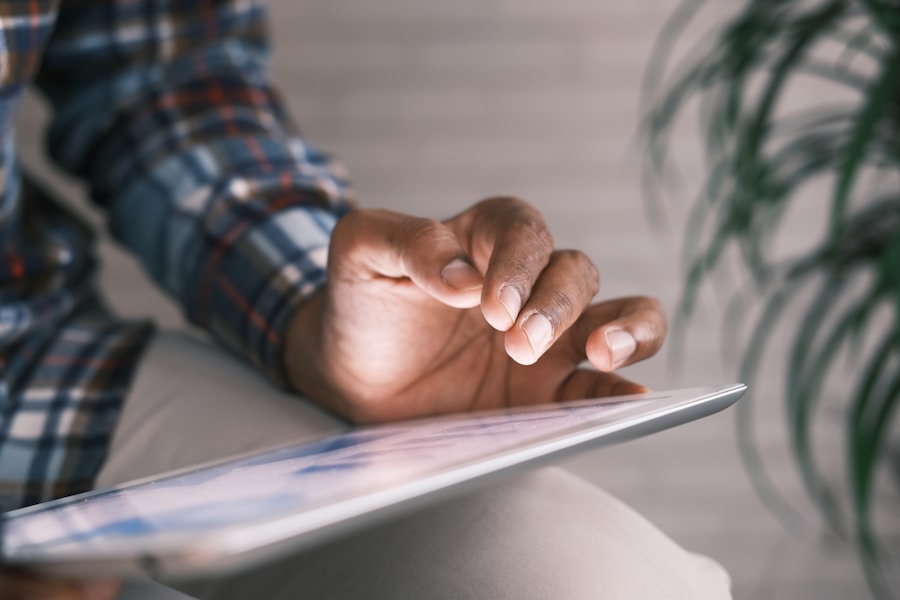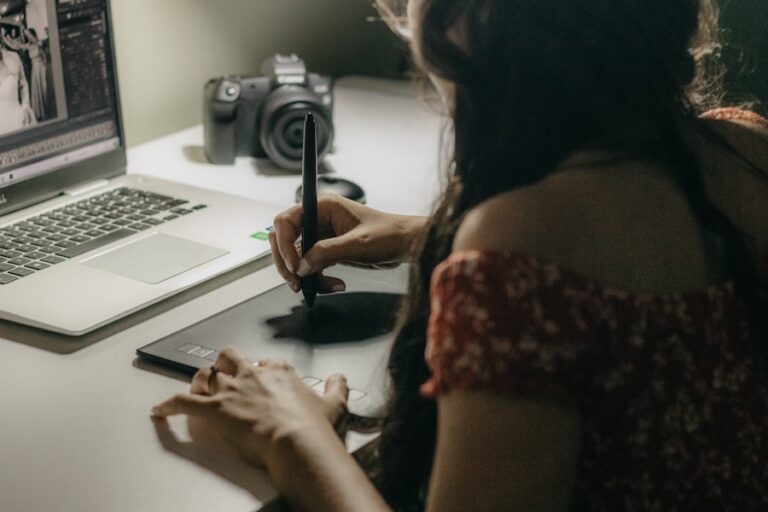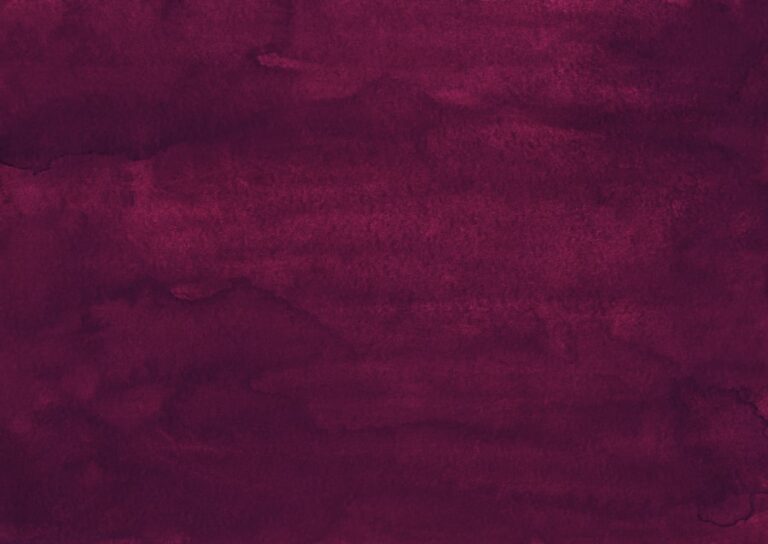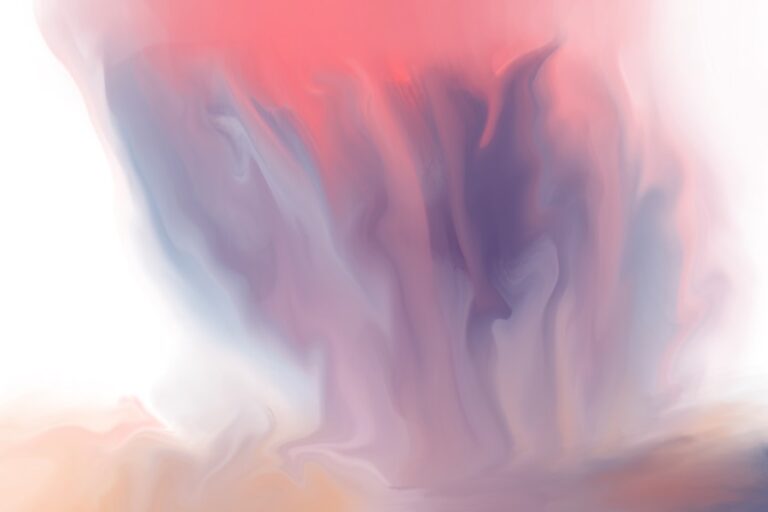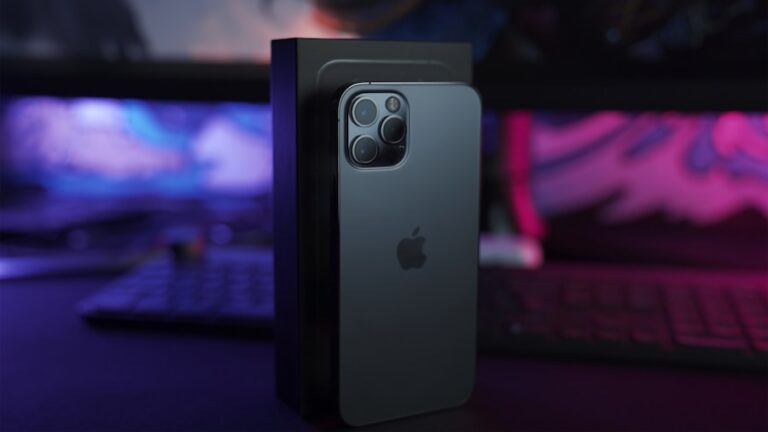Unleash Your Creativity: The Ultimate Guide to Digital Art Drawing
Digital art drawing is a form of artistic expression that utilizes digital technology to create visual artwork. Unlike traditional drawing, which involves using physical tools such as pencils, pens, and paper, digital art drawing involves using electronic devices such as graphic tablets, styluses, and computer software to create images. This form of art has gained popularity in recent years due to the advancements in technology and the accessibility of digital drawing tools. Digital art drawing allows artists to experiment with different techniques, styles, and mediums without the limitations of traditional materials. It also provides a platform for artists to showcase their work to a wider audience through online platforms and social media.
Digital art drawing offers a wide range of possibilities for artists to explore and experiment with. From creating realistic portraits to abstract compositions, digital art drawing allows artists to push the boundaries of traditional art and explore new ways of expressing themselves. With the use of digital tools and software, artists can manipulate colors, textures, and shapes with ease, allowing for greater creative freedom and experimentation. Additionally, digital art drawing provides a more sustainable and environmentally friendly alternative to traditional art materials, as it eliminates the need for paper, paints, and other physical resources.
Tools and Software for Digital Art Drawing
When it comes to digital art drawing, having the right tools and software is essential for creating high-quality artwork. One of the most important tools for digital art drawing is a graphic tablet, which allows artists to draw directly onto a digital surface using a stylus. Graphic tablets come in various sizes and specifications, so it’s important to choose one that suits your specific needs and budget. Additionally, having a high-quality stylus is crucial for achieving precise and fluid strokes in digital art drawing.
In addition to a graphic tablet and stylus, having the right software is essential for digital art drawing. There are numerous software options available for digital artists, each with its own unique features and capabilities. Some popular software choices for digital art drawing include Adobe Photoshop, Corel Painter, Procreate, and Clip Studio Paint. These software options offer a wide range of tools for creating digital artwork, including brushes, layers, blending modes, and various other features that allow artists to bring their creative visions to life. It’s important to experiment with different software options to find the one that best suits your artistic style and workflow.
Developing Your Creative Process
Developing a creative process is essential for digital art drawing, as it allows artists to approach their work in a structured and intentional manner. One way to develop a creative process is by establishing a consistent routine for creating artwork. This could involve setting aside specific times each day or week dedicated to digital art drawing, allowing for regular practice and experimentation. Additionally, setting specific goals and objectives for each artwork can help guide the creative process and provide a sense of direction.
Another important aspect of developing a creative process is finding inspiration and exploring new ideas. This could involve researching other artists’ work, studying different artistic styles and movements, or simply immersing oneself in the world around them. By constantly seeking inspiration and new ideas, artists can continue to evolve and grow in their artistic practice. It’s also important to stay open-minded and willing to take risks in the creative process, as this can lead to new discoveries and breakthroughs in digital art drawing.
Techniques for Digital Art Drawing
Digital art drawing offers a wide range of techniques that artists can utilize to create unique and compelling artwork. One popular technique in digital art drawing is the use of layers, which allows artists to separate different elements of their artwork and make adjustments without affecting the entire composition. By using layers, artists can experiment with different effects, textures, and colors while maintaining control over each individual element of their artwork.
Another important technique in digital art drawing is the use of brushes. Digital drawing software offers a wide variety of brush options that can mimic traditional drawing tools such as pencils, pens, and paintbrushes. Artists can experiment with different brush settings to achieve various textures and effects in their artwork. Additionally, utilizing blending modes and opacity settings can help artists achieve smooth transitions and realistic effects in their digital drawings.
Exploring Different Styles and Genres
Digital art drawing provides artists with the opportunity to explore a wide range of styles and genres, allowing for endless possibilities in artistic expression. Whether it’s creating realistic portraits, abstract compositions, or fantasy illustrations, digital art drawing offers the flexibility to experiment with different styles and genres. One way to explore different styles and genres is by studying the work of other artists and experimenting with various techniques and approaches.
In addition to exploring different styles and genres, digital art drawing also allows artists to combine traditional and digital techniques to create unique and innovative artwork. This could involve incorporating traditional drawing elements such as pencil sketches or ink drawings into a digital composition, or using digital tools to enhance traditional artwork. By combining different techniques and mediums, artists can create artwork that is both visually striking and conceptually rich.
Tips for Improving Your Digital Art Drawing Skills
Improving your digital art drawing skills requires dedication, practice, and a willingness to learn new techniques and approaches. One important tip for improving your skills is to seek feedback from other artists or mentors. Getting constructive criticism can help you identify areas for improvement and gain valuable insights into your artistic practice. Additionally, studying tutorials and online resources can provide valuable tips and techniques for honing your digital art drawing skills.
Another important tip for improving your digital art drawing skills is to experiment with different tools, techniques, and styles. By constantly pushing yourself out of your comfort zone and trying new approaches, you can continue to grow and evolve as an artist. It’s also important to stay patient and persistent in your practice, as mastering digital art drawing takes time and dedication.
Showcasing and Sharing Your Digital Art Drawings
Once you’ve created your digital art drawings, showcasing and sharing your work is an important step in gaining recognition and building an audience for your artwork. One way to showcase your digital art drawings is by creating an online portfolio or website where you can display your artwork in a professional manner. This allows potential clients or collaborators to view your work and get a sense of your artistic style and capabilities.
In addition to creating an online portfolio, sharing your digital art drawings on social media platforms can help you reach a wider audience and connect with other artists and enthusiasts. Platforms such as Instagram, Twitter, and Pinterest provide opportunities to share your artwork with a global audience and engage with other artists through likes, comments, and collaborations. It’s also important to participate in online communities and forums dedicated to digital art drawing, as this can help you connect with like-minded individuals and gain valuable exposure for your work.
In conclusion, digital art drawing offers endless possibilities for artistic expression and creativity. By understanding the tools and software available for digital art drawing, developing a creative process, mastering techniques, exploring different styles and genres, improving your skills, and showcasing your work, you can continue to grow as an artist in the digital realm. Whether you’re a seasoned professional or just starting out in digital art drawing, there are always new techniques to learn, styles to explore, and opportunities to share your work with the world. With dedication, practice, and an open mind, you can continue to push the boundaries of digital art drawing and create compelling artwork that resonates with audiences worldwide.

